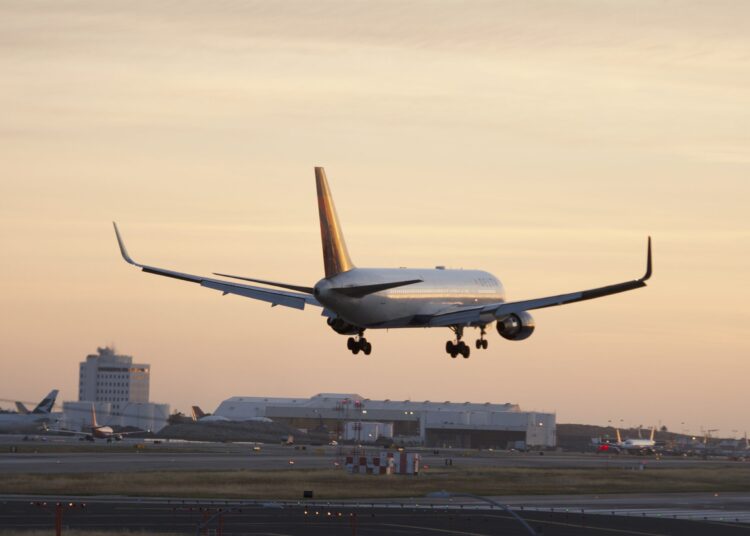As someone who travels a great deal for AerialFire, you accept fatigue as part of your daily grind. Last month, I traveled to and from Australia for the AFF show and obtained future story content for the magazine.
As much as I try to limit my travel to a few days midweek, trying to be home on weekends, sometimes, like in the case of several international trips this year, the reality is that it just isn't possible. Sometimes, I am gone for weeks because it is not feasible to zip back home on weekends, especially when you are 9,000 miles from home.
Add into that equation when you are traveling to multiple locations within a country, you are spending, at times, days inside airplanes and airports, which not only leads to fatigue but, in my case, being run down can also make you susceptible to illness. My recent trip to Australia was 24 hours from door to door one way. I hear a lot of feedback from those who have never taken a 14-hour straight flight to Australia, saying they could never do 14 hours straight on a plane. The reality is that you just have to embrace the suck. Being originally from Australia, I have done it so often that I have it down to fine art. However, the fatigue you suffer from such long flights can indeed wear on you no matter what you do to prepare.
My ability to complete tasks requiring solid concentration or fine motor skills is diminished substantially at about hour 23 of my journey when I can only imagine getting into bed and adjusting to my time zone.
One thing I thought of as jetlag set in for the second time recently was how fatigue affects those in the aviation world. Flying in the hot and high-flight environment of the fireground is no doubt exhausting, and so is the journey to get to said location, be it ferrying the aircraft you are using during the firefight or arriving commercially.
Fatigue is something we often push to the side because we have work to do. In my case, meetings and conferences to attend or content to create. In the aerial firefighters' mind, they have a fire to put out and an urgency to save lives and property. It is a noble cause, but one that encourages what I call "pressonitis." Meaning that fatigue, sickness, or other concerns that could cause an issue in flight are pushed to the side to press on and get the job done.
In the air medical world, fatigue is taken very seriously. So seriously, a pilot or any medical crew member can call fatigue, stand down for a flight, or even go out of service for an entire shift if needed. Sure, if that became an issue over and over, it would be a different story, but if a crew has flown for 7 hours out of 12 and some of those missions involved physically taxing procedures like in-flight CPR, I could see fatigue becoming an issue. Maybe not for the pilot, but the pilot is only a bus driver without a medical crew.
Now factor that into aerial firefighting, say the lead plane pilot is tired from many hours of flying, and the air conditioning is out in his aircraft. Therefore, the heat is becoming more of an issue and causing undue fatigue. His tiredness causes a lapse in concentration that affects the accuracy in marking a drop location, which causes a retardant line to be dropped in the wrong location.
The reality of that particular scenario may be minor or significant if lives are lost. The more prevalent issue of fatigue in our industry is lack of concentration, leading to a crash. If you have been in the aviation industry long enough and read enough accident reports, I am sure you are familiar with the error chain.
Upon investigation, accidents can sometimes be traced back to events the day prior to incidents like lack of sleep or general fatigue that played a part in the accident chain. Any one of many contributing factors can lead to fatigue, but it is your job to recognize it and be the person who takes evasive action before it becomes a tragedy.






